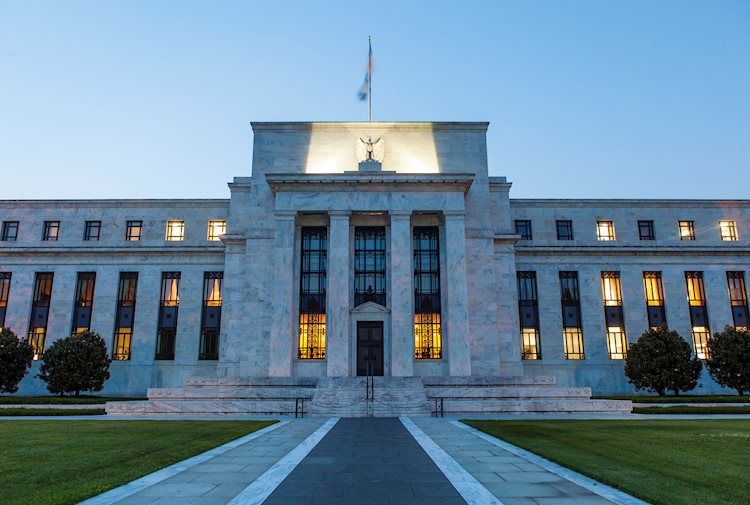The US Federal Reserve (Fed) is set to announce its interest rate decision following its two-day policy meeting on Wednesday. Markets are uncertain about whether the Fed will opt for a 25 or a 50 basis points (bps) rate cut. Additionally, the Fed will release the revised Summary of Economic Projections (SEP), also known as the dot-plot, and Chairman Jerome Powell will host a press conference to answer questions.
The US Dollar (USD) experienced a weak start against major currencies this week, particularly against the Australian Dollar. The percentage changes of the USD against listed major currencies are reflected in the table provided. The heat map shows the percentage changes of major currencies against each other, with the base currency selected from the left column and the quote currency chosen from the top row.
The US Dollar Index recovered during the week after a bearish start, supported by upbeat August Retail Sales data and a cautious market sentiment. US stock index futures trade slightly higher, and the benchmark 10-year US Treasury bond yield remains stable. Markets currently predict a 61% probability of the Fed reducing the policy rate by 50 bps to the range of 4.75%-5%.
The UK’s Office for National Statistics reported that the annual inflation rate as measured by the Consumer Price Index (CPI) remained steady at 2.2% in August. The GBP/USD pair gained traction following the data release as it moved towards 1.3200. Eurostat is set to publish revisions to August Harmonized Index of Consumer Prices data later in the session.
USD/JPY witnessed a bullish momentum and snapped a five-day losing streak on Tuesday. However, the pair traded lower in the European morning on Wednesday, remaining below 142.00. Gold reversed its direction after reaching a new record high on Monday, losing 0.5% on Tuesday to fluctuate near $2,570 early Wednesday.
The Federal Reserve (Fed) plays a crucial role in shaping monetary policy in the US, with its main mandates being achieving price stability and fostering full employment. The Fed adjusts interest rates to achieve these goals, with rate hikes aimed at controlling inflation and rate cuts intended to stimulate economic growth. The Fed may resort to Quantitative Easing (QE) during crises or low inflation periods, which involves increasing the flow of credit in the financial system by buying high-grade bonds. QE typically weakens the US Dollar. Conversely, Quantitative Tightening (QT) is the reverse process in which the Fed stops buying bonds and may strengthen the US Dollar.











